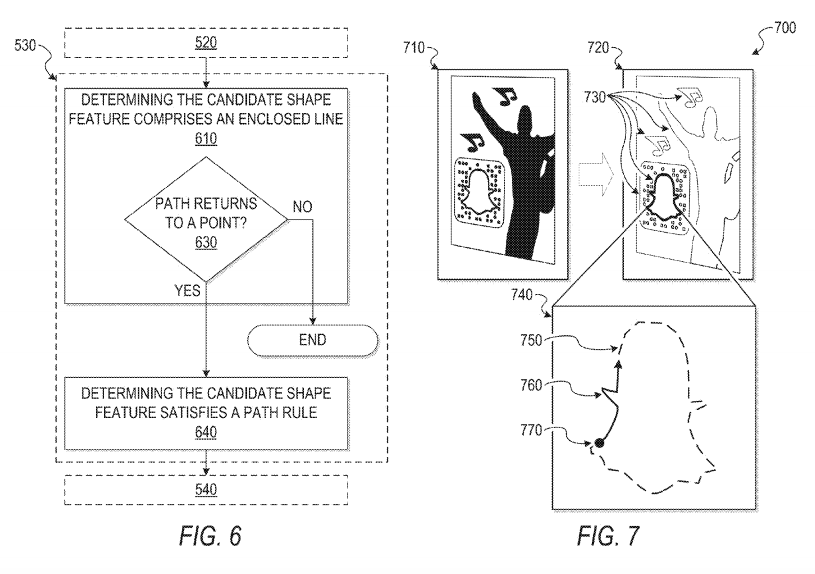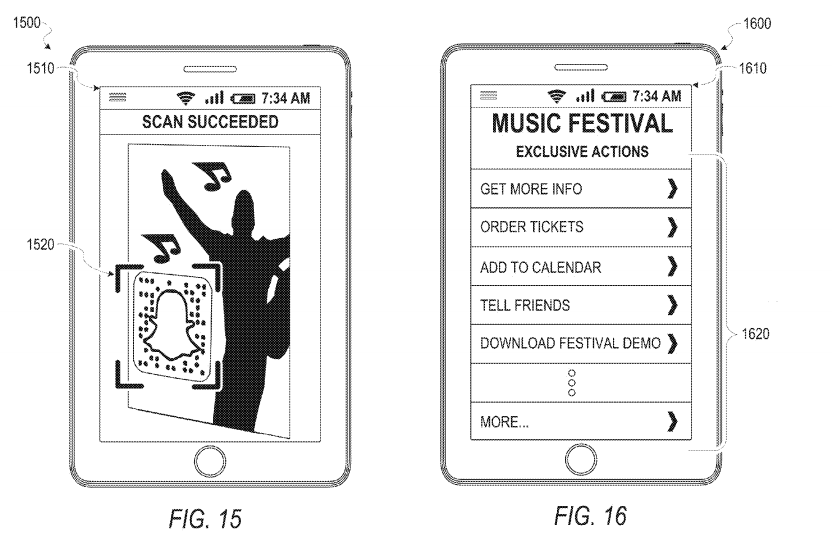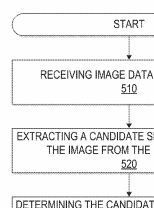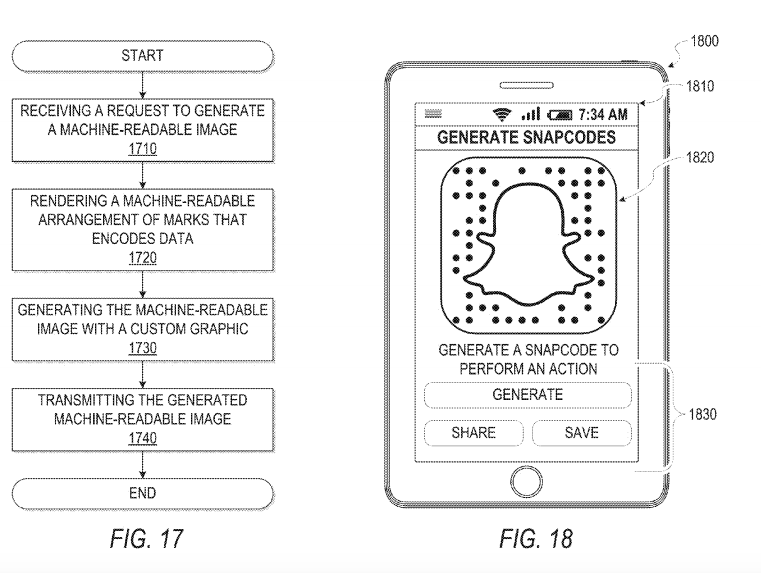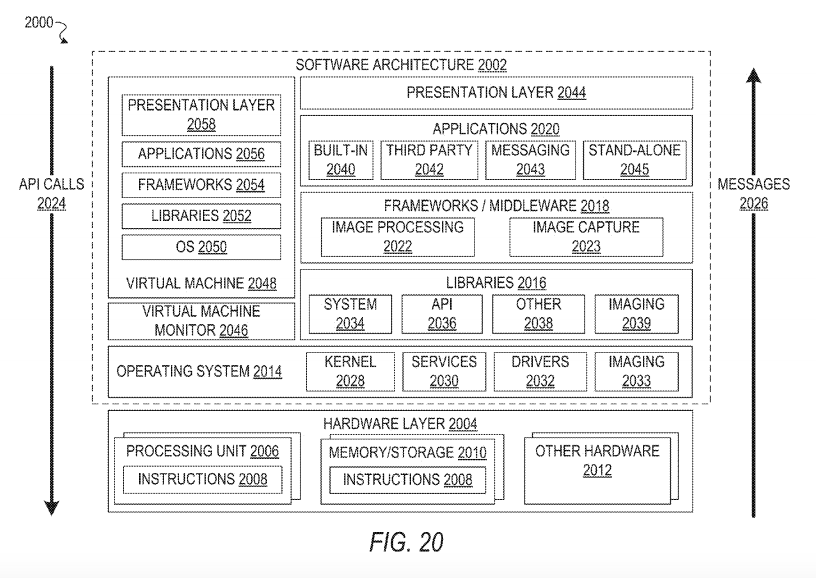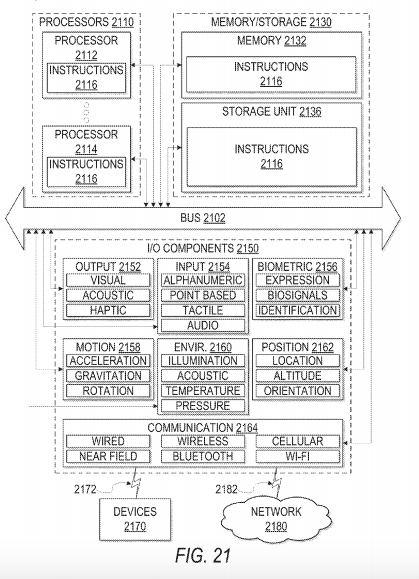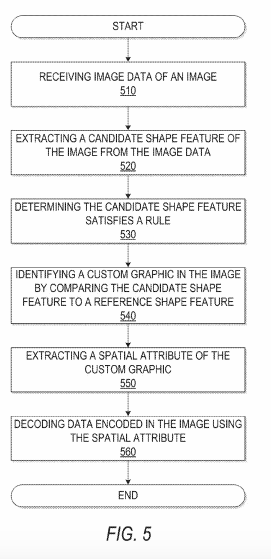The industry needs a success story for consumer smartglasses and AR that goes beyond PokemanGo. Here's why you should pay attention to Snap as an Augmented Reality player with respect to hardware, software, and content.
You probably know Snapchat (it launched in 2011 and changed it's name to "Snap Inc" in 2016) as the popular mobile messaging app that allows you to send videos and pictures, both of which will self destruct after a few seconds of a person viewing them. You can capture a photo or brief video with it, then add a filter (lens) over it, and send the finished creation (called a snap) to a friend. Alternatively, you can add your snap to your "story", a 24-hour collection of all your snaps that’s broadcasted to the world or just your followers. Filters are a fun overlay; an augmentation of reality. You can even add geo-filters to your snaps.
What most people (still) don't realize, that Snap's filters have evolved into Augmented Reality filters. In fact, Snap might be the world's biggest AR company right now (yes, bigger than PokemanGo). Moreover, Snap is working on ad products, Snap Ads, which are Vertical Videos, Viewed by Choice; and Unlockables, which include Sponsored Geofilters, Lenses, and other unique (i.e., AR objects) ad products.
The background is that Snap has acquired 3D photo app maker Seene (also known as Obvious Engineering). Seene lets you capture 3D models from your phone with a simple smartphone camera. Snap uses Seene’s format for a brand new category of selfie lenses and augmented reality projects. Seene scans and reconstructs full 3D geometry on your phone. Unlike Google's Project Tango or Microsoft’s Kinect, Seene doesn’t need special infrared sensors and multiple cameras. Similarly, Seene doesn’t need a cloud backend to process 3D scans and recreate 3D objects, everything happens on the phone. Watch the video "Scan yourself into virtual worlds with Seene" to learn more.
In addition, Snap has acquired a company that makes smartglasses in 2014; Vergence Labs made Epiphany Eyewear, a range of fashionable black-framed smart glasses that allow wearers to record video at the touch of a button. Also, Snap has acquired video software company AddLive, to advance its video functionality. All these acquisitions have came to fruition into a successful product, the Spectacles, the smartglasses with a video camera, which are becoming a smash hit.
I experienced the Spectacles-mania phenomenon this past week, when I was standing in this line (see the video "Snapchat Spectacles Bot Drop") to purchase the Spectales. I recorded an existing user that demo'ed the Spectacles to us. The highlight was when he said "I don't have to use my phone anymore to Snap." He also said that he "snaps" 80 times per day with the Spectacles, compared to 5 times a day before he got the Spectacles. What what also fascinating was the fact that he works for a security company, given the security (and privacy) questions arising around the Spectacles-mania.
Furthermore, Snap Inc has been granted several patents related to AR and optical objects, including the below patent United States Patent Application: 0160210545 (CUSTOM FUNCTIONAL PATTERNS FOR OPTICAL BARCODES) for mobile and wearable devices that will leverage Snap QR codes for the device to scan the object and trigger relevant content. This can be related to Snap's ad products, Snap Ads, which can be in the form of Vertical Videos, Viewed by Choice; and Unlockables, which include Sponsored Geofilters, Lenses, and other unique (i.e., AR objects) ad products.


